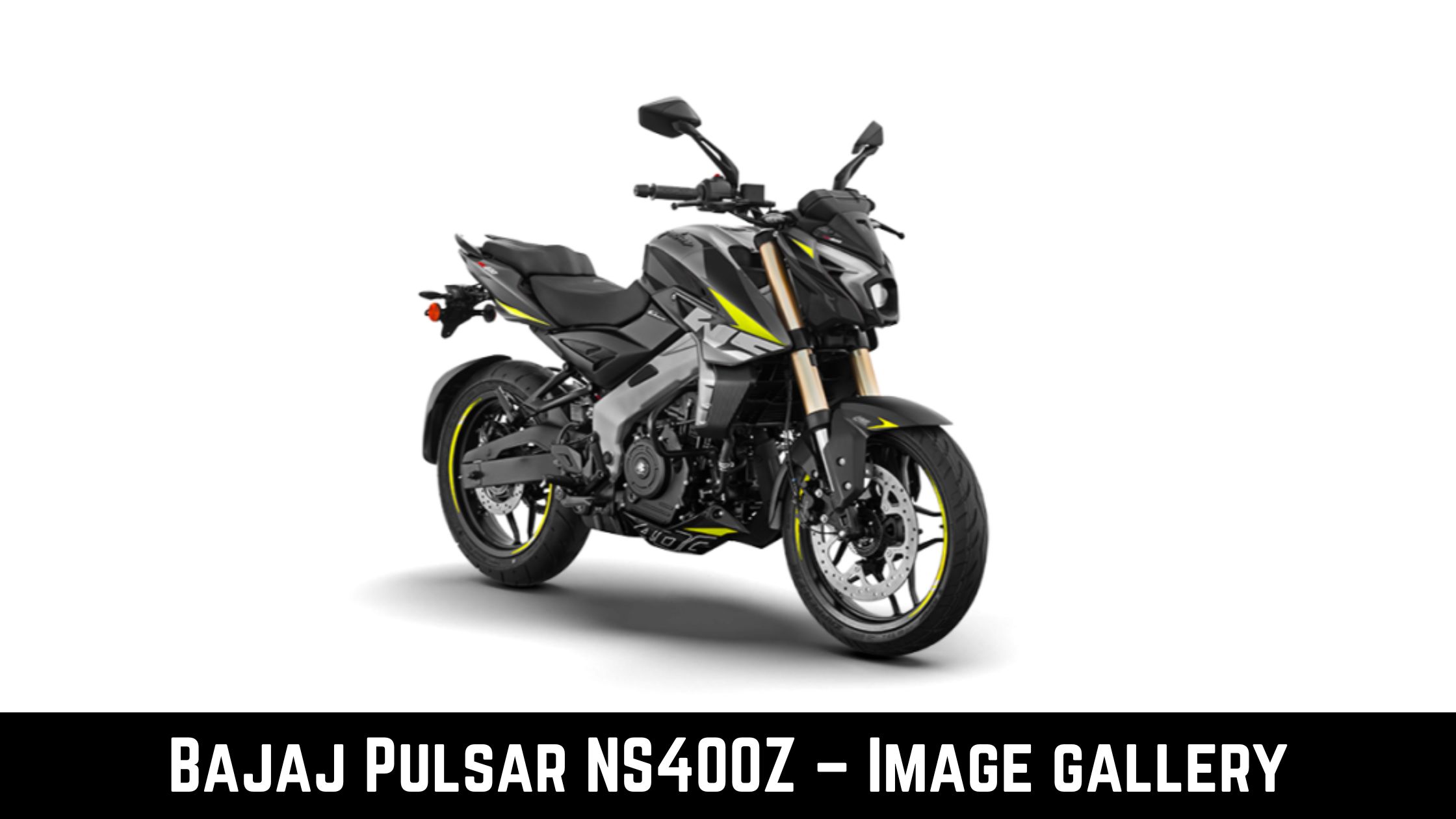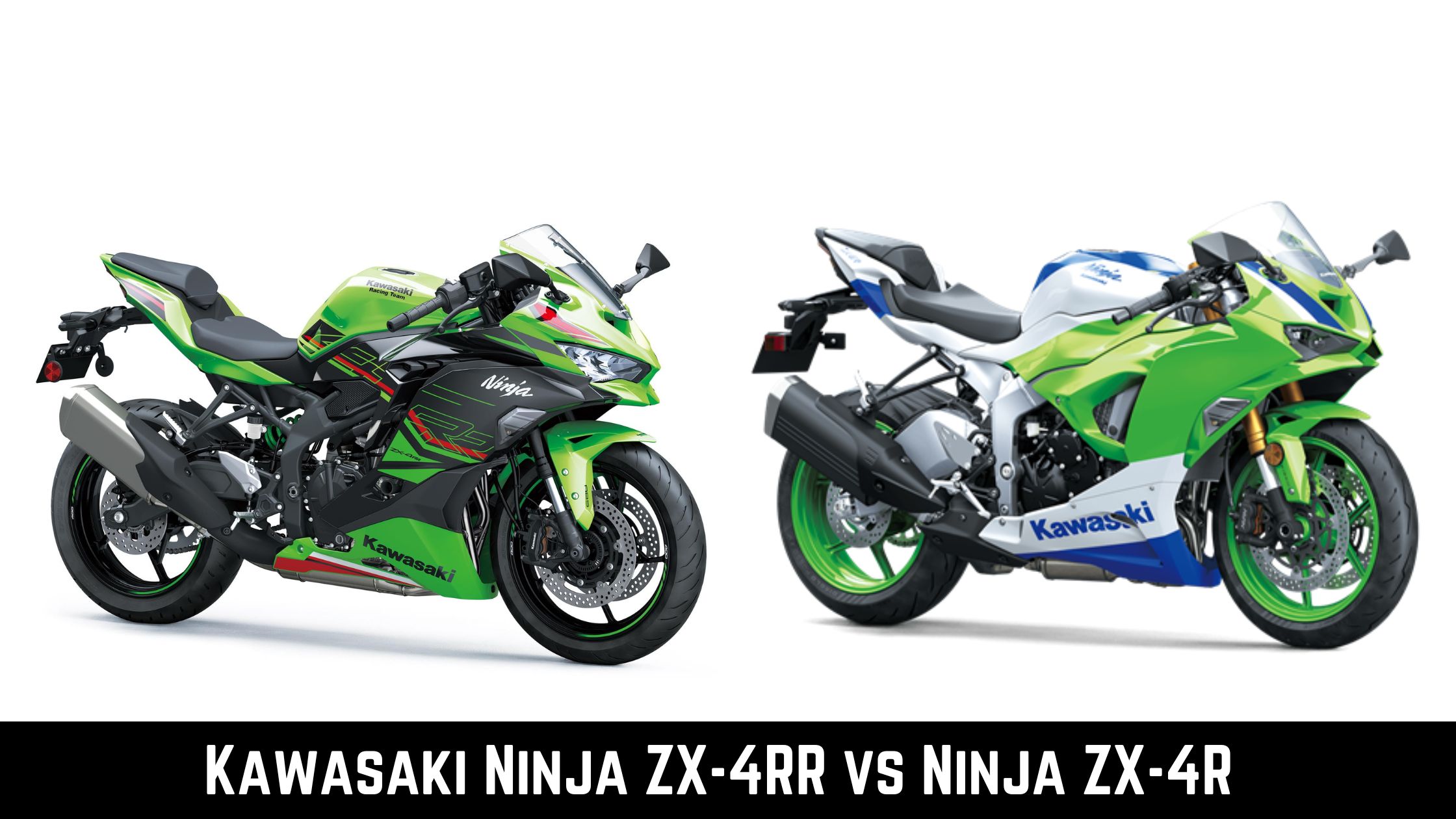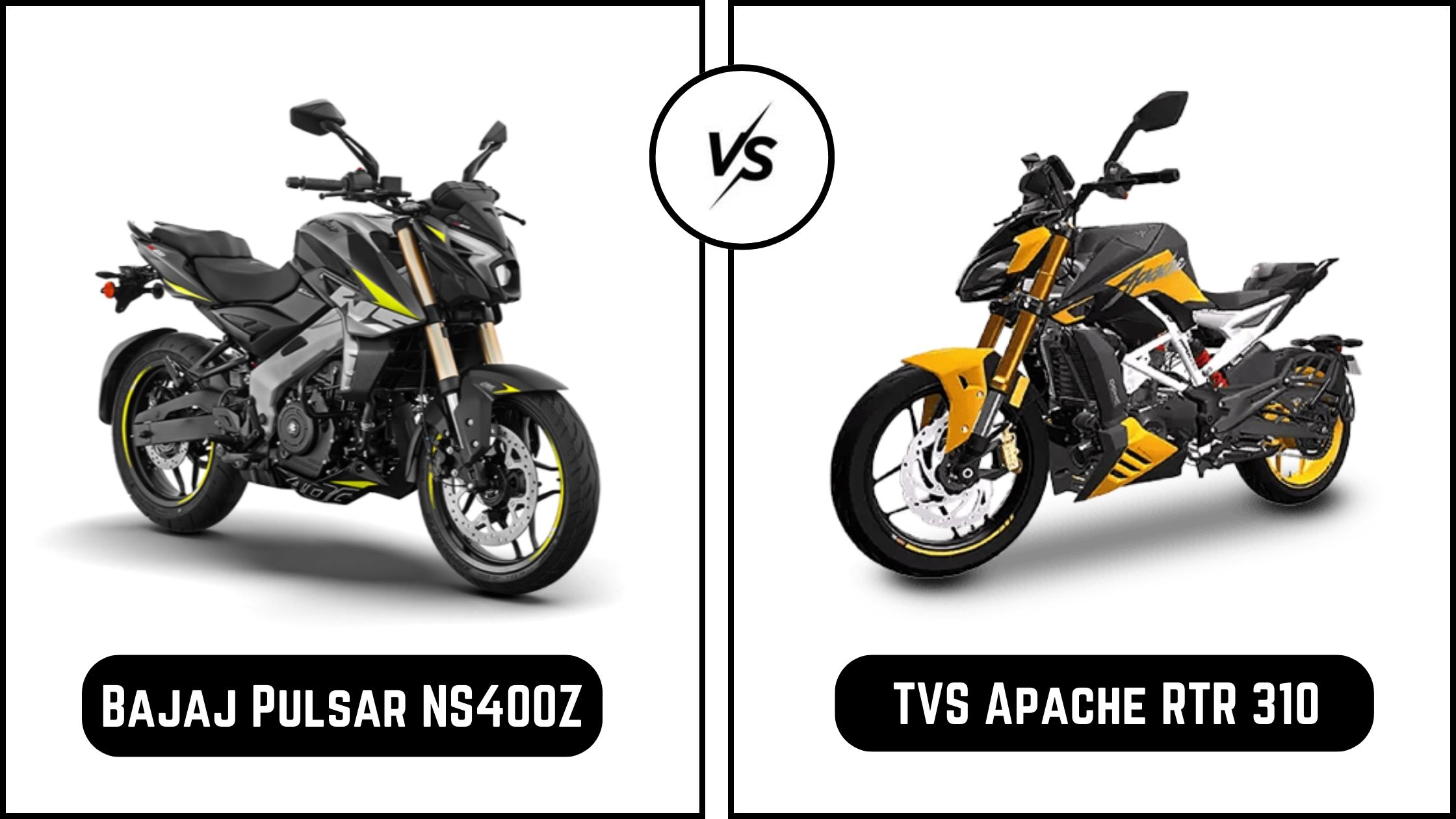
The market for two-wheeled vehicles in India is anticipated to grow from an estimated value of USD 16,007.84 million in 2022 to USD 26,638.49 million in 2028, a CAGR of 9.88%. Due to their low maintenance requirements, high fuel efficiency, and simple handling, two-wheelers are becoming increasingly popular with the arrival of electric bikes and scooters.
Motorcycles outsell scooters and mopeds in the two-wheeler market due to their high fuel efficiency, practical mode of transportation, massive engine capacity, and cutting-edge gear technology. Scooters are less adaptable than motorcycles. Regarding aesthetics, motorcycles outsell scooters because younger generations are more concerned with appearance.
The E-commerce sector is one of the reasons contributing to the increase in demand for two-wheelers. Nowadays, e-commerce businesses employ two-wheelers to deliver goods due to the vehicles’ longevity, improved wheel stability, and capacity to transport large amounts of cargo. One of the reasons for the rise in two-wheeler demand is even the desire for shared transportation, which is used to travel daily to and from the office.
There was a significant slowdown in sales in the two-wheeler business in India when COVID-19 started to trigger lockdowns worldwide.
Due to COVID-19, the automotive industry saw a dramatic drop in two-wheeler sales in 2020. Due to factory closures, the lockdown and limitations impacted supply chain efficiency and manufacturing capacity, resulting in a 13.11% reduction in two-wheeler sales. Due to the COVID-19 lockdown in various areas of the nation, India temporarily halted domestic and export sales of two-wheelers.
As a result, India temporarily halted domestic and export sales of two-wheelers. Covid-19 not only upended the urban market but also seized control of the rural one. Due to their low per capita income and greater affordability, two-wheelers are more common in rural areas. As a result, it impacted the nation’s entire two-wheeler market.
Speed And Manoeuvrability
The two-wheelers are smaller, lighter, and easier to control than four-wheelers. You may easily commute in them in congested or busy lanes and make it to your destination on schedule. Due to its maneuverability, the car is simpler to park and takes up less room. Due to its pickup, one may commute more quickly. It also has a higher adrenaline factor and is more daring. Therefore, it is projected that the two-wheeler segment will expand during the forecast period thanks to its speed and maneuverability.
Growing Interest In Electric Two-Wheelers
As a result of their utilization of renewable energy sources and a significant contribution to the two-wheeler segment’s rapid expansion, electric scooters and other vehicles are in high demand. Electric car sales surged by 60% year over year in 2022 and are predicted to grow at a CAGR of 27% until 2028.
The Fame II Policy, which intends to encourage the development and uptake of electric vehicles, has also been introduced by the government. The government developed the battery swapping program to develop the necessary infrastructure for electric automobiles. Additionally, the government offers tax breaks and subsidies for buying electric vehicles.
Economical And Requiring Less Upkeep
The main reason for two-wheelers’ increased popularity is that they are more reasonably priced than other types of motorcycles or vehicles. Customers with lower income levels are drawn to the financing option because it is simple, making the dream of owning a car more attainable. Cost-effectiveness, in addition to affordability, is another element influencing the surge in two-wheeler purchases. With rising fuel prices, two-wheelers will continue to be cheap for Indian families.
Additionally, compared to passenger automobiles, the cost of upkeep for two-wheelers is far lower, and they also have higher gas mileage. Even two-wheelers are excluded from toll taxes, increasing the system’s cost-effectiveness.
Modern Technology
To perform better than the competitors, the two-wheelers are occasionally upgraded due to technical advancement. The anti-braking system technology, released in India in 2019, prevents cars from skidding when they suddenly apply the brakes. Additionally, it shortens the stopping distance and enhances steering control when the vehicle is braking.
The slippery clutch technology preserves the motorbike gearbox and prevents your bike from shaking or losing traction when you slow down. The connectivity feature also draws in a large number of clients. The two-wheelers are made smarter with features like smartphone charging ports, Bluetooth, and navigation.
Safety Issues
The safety of the people riding in the vehicle is one of the main issues with two-wheelers.
Speeding, disregard for traffic laws, and inadequate road infrastructure are all factors in about 44% of two-wheeler accidents in India. Even the weather can affect motorcycle accidents; for example, in wet weather, vehicle skidding can result in fatal accidents.
Segmenting Markets
The two-wheeler market in India is divided into segments based on the type of vehicle, gearbox, propulsion, region, and level of competition. The market is divided into two categories based on the kind of vehicle: motorbikes and scooters/mopeds. The market is further divided into manual and automatic segments based on the type of gearbox. Based on the kind of propulsion, the market is further divided into internal combustion engines and electric. The market is separated into four regions based on location: north, west, east, and south.
Business Profiles
Hero MotoCorp Limited, Honda Motorcycle & Scooter India Pvt. Ltd., Yamaha Motor India Pvt. Ltd., Eicher’s Motor Limited, Bajaj Auto Limited, TVS Motor Company, Suzuki Motorcycle India Private Limited, Piaggio Vehicles Pvt. Ltd, Hero Electric Bikes Pvt. Ltd., and Okinawa Autotech Pvt. Ltd. are some of the major players in the market. These players invest in manufacturing and innovation to meet client demand and outperform the competition with their distinctive products. Additionally, competitors profit from cutting-edge strategic actions like mergers and collaborations since they increase their customer bases and broaden their sales and distribution networks in the Indian two-wheeler market.



